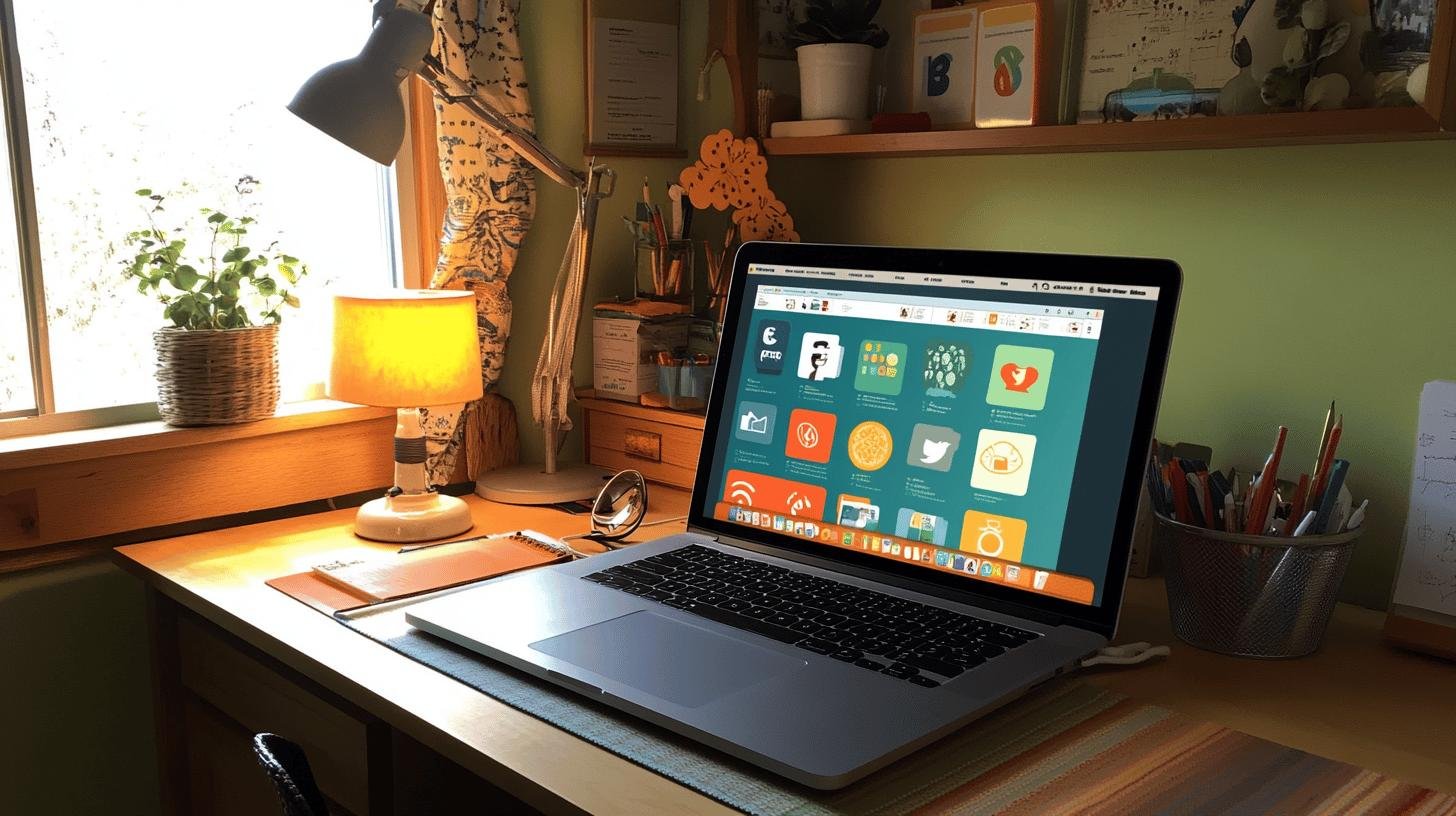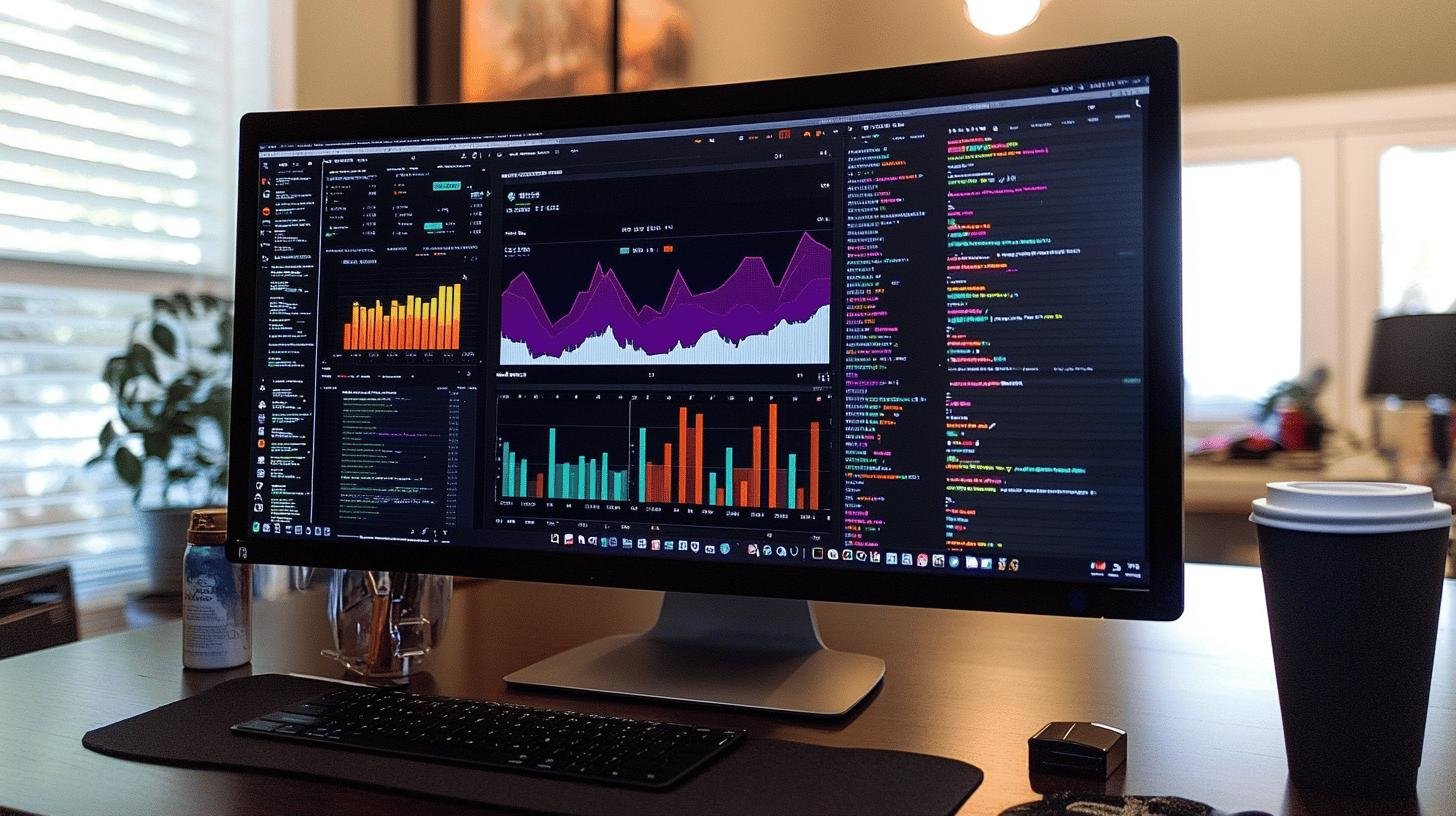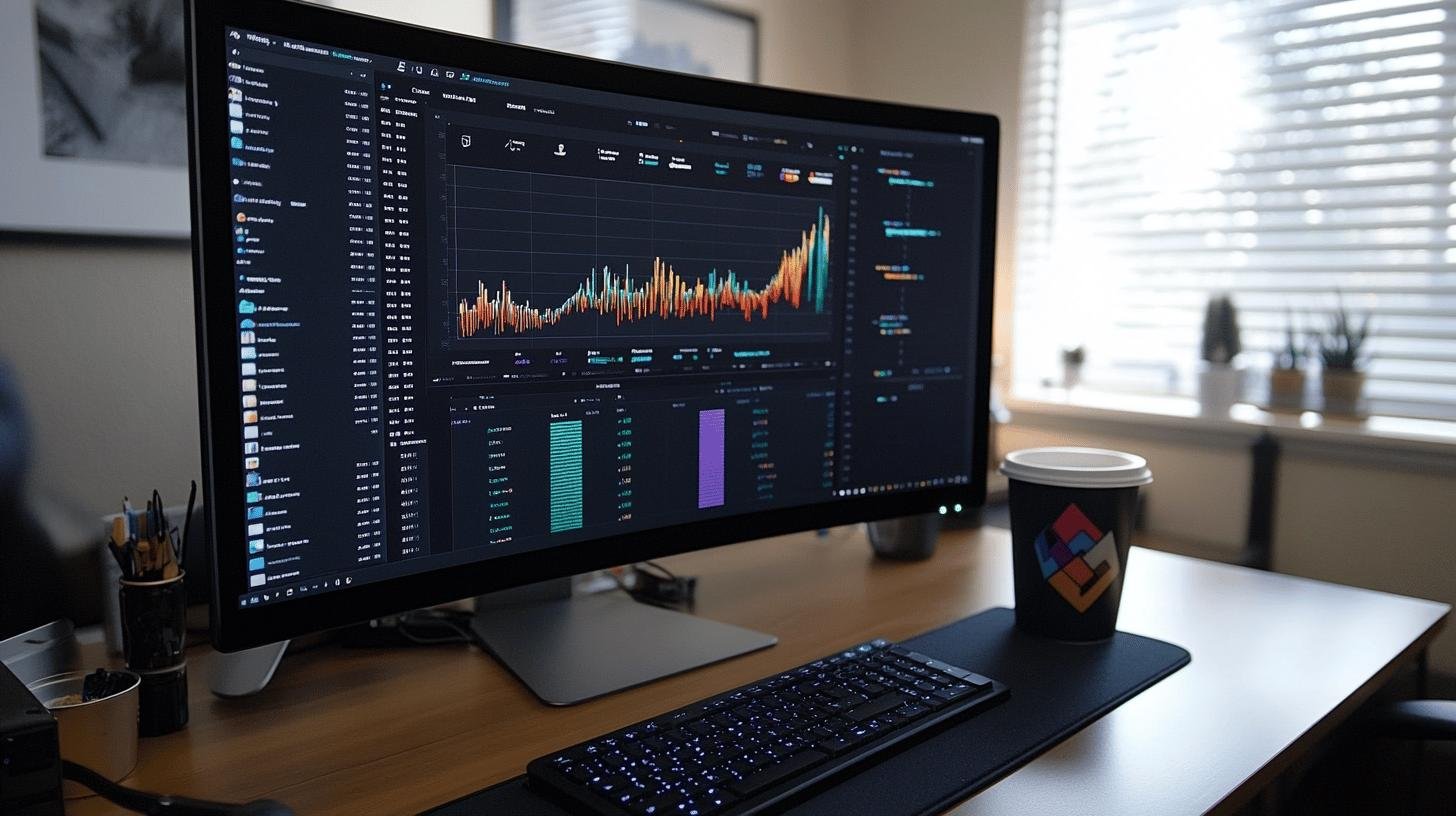Think content marketing channels are just extra buzzwords? Think again! These channels are like the secret weapon for brands wanting to boost their online presence. They’re essential for upping brand awareness, snagging those leads, and claiming a sweet spot on the internet. We’ll dig into the three main types—owned, earned, and paid—and see how each brings something different to the table. Let’s unravel how small businesses use these channels to not just survive but thrive in the digital arena! Ready for it? Let’s go!
Understanding Content Marketing Channels
Content marketing channels are like highways for your message. For small businesses, choosing the right route is essential for improving brand presence. There are three main types of channels: owned, earned, and paid.
Owned channels are your own space online—your website, blog, and social media accounts. Here, you have full control over the content. However, your reach is usually limited to your current followers, much like chatting with friends in your backyard.
Earned channels are when others talk about you. This includes guest blog posts or social media shares. It’s akin to a friend spreading the word about your fantastic backyard BBQ. While the potential reach is vast, control over what’s said is limited.
Lastly, paid channels offer instant visibility. These are like billboards you pay for, such as social media ads or sponsored content. They deliver quick exposure to new audiences but require a budget.
- Owned Channels: Full control, mainly existing followers.
- Earned Channels: Wide reach potential, less control.
- Paid Channels: Fast visibility, budget required.
Owned Media Channels: Maximizing Your Online Assets

Owned content marketing channels are your personal playground online. You control everything, from websites and blogs to email newsletters and social media. This level of control is advantageous, allowing you to craft your brand message. However, your audience is primarily people who already know your brand—like throwing a party for familiar faces with few new guests.
Websites and blogs, core parts of owned media, act as your digital storefront. SEO (Search Engine Optimization) plays a crucial role here, helping your site appear in search results. Regular updates and engaging content keep the site lively. However, expanding your audience takes time.
Social media platforms also belong to owned media. They’re communication tools to update and engage with followers. The drawback is the limited reach, mostly to existing followers. Creativity can engage your audience, but a broader reach might need some promotional help.
Earned Media Channels: Amplifying Your Reach
Earned content marketing channels or media channels are unexpected endorsements. They include guest posts, press releases, and social media shares. It’s like getting a stamp of approval when others share or mention your brand. This boosts credibility because people trust third-party opinions more than self-promotion.
However, you can’t control these mentions, much like casting a message in a bottle. Building influence requires effort, whether through networking or creating compelling press releases. Success means crafting content valuable enough for others to want to share.
- Viral Reach: Quick and widespread content spread.
- Credibility Boost: Trust from third-party mentions.
- Cost-effective: No direct payment for exposure.
- Audience Expansion: Reached diverse, new groups.
- Quality Validation: Shares signal content value.
Paid Media Channels: Boosting Visibility Quickly

Paid content marketing channels are your brand’s turbo boosters, ensuring immediate exposure. These channels, like social media ads and sponsored content, deliver fast visibility but require investment. Consider it like renting a billboard on a busy road: you pay for the space and gain wide exposure quickly—a sprint, not a marathon.
Popular paid media includes Pay-Per-Click (PPC), where you pay only when an ad is clicked, targeting specific searches. Sponsored content sees your message delivered by trusted publishers. Social media ads offer quick recognition on platforms like Facebook and Instagram.
- PPC: Targeted ads with payment on clicks.
- Sponsored Content: Blend messages with trusted sources.
- Social Media Ads: Rapid exposure on platforms like Facebook.
- Display Ads: Eye-catching banners for web visibility.
Integrating Social Media Marketing Channels
Social media is the bustling town square of the internet. For small businesses, it’s a chance to connect and amplify your brand. Platforms like Facebook, LinkedIn, and Instagram are more than posting updates—they’re for building community and engagement.
Engagement is key. Content that sparks conversation not only boosts visibility but also builds relationships. Each platform has its own unique strengths. Facebook fosters broad community engagement, sharing updates and hosting events. Instagram is the place for visual storytelling. LinkedIn is ideal for professional networking and thought leadership.
Video Content Channels: Engaging Visual Storytelling

Videos are popular because they’re like treats for our brains. They’re perfect for telling your brand’s story engagingly. Whether it’s a quick social media clip or a detailed YouTube video, these channels can elevate your marketing.
YouTube is massive in this space, offering vast reach. It’s like having a TV show without the cost. Social media platforms like Instagram and Facebook allow for short, impactful videos.
Videos improve engagement because people love them! They convey emotions, simplify complex ideas, and make brands relatable. Their shareability expands your reach further. Storytelling via video establishes deeper connections with your audience, leaving a lasting impression.
- Focus on Quality: Invest in good visuals and sound.
- Tell a Story: Create relatable narratives.
- Optimize for SEO: Use keywords in titles and descriptions.
- Engage with CTAs: Direct viewers with clear calls-to-action.
Trends and Innovations in Content Marketing Channels
Are you ready for the latest content marketing buzz? Content marketing channels are always evolving. Staying updated is crucial for brand visibility. AI-driven content strategies are trending. These tools personalize content to specific audiences, ensuring your message resonates.
AI aids content creation, distribution, and trend prediction. It’s like having an assistant who knows your audience’s needs.
Keep an eye on these trends:
- AI Personalization: Tailoring content to individual preferences.
- Voice Search Optimization: For “Hey Siri” and “Okay Google” searches.
- Interactive Content: Engaging audiences with quizzes, polls, and videos.
Conclusion
We’ve explored the ins and outs of content marketing channels, from owned and earned to paid, each having its own unique flair. The key takeaway? Mixing these channels creates a strong distribution strategy. Owned media gives control; earned spreads the word faster; paid brings quick wins.
Social media and video channels boost engagement, making your brand shine. Trends point to AI and innovation, driving smarter content strategies. So, get creative and integrate these channels. This way, your content reaches farther and resonates deeper. Keep experimenting, because the sky’s the limit in reaching your audience!
FAQ
What is a content marketing channel?
A content marketing channel is a pathway used to distribute content to the right audience. It includes various platforms like websites, blogs, and social media, helping in reaching and engaging potential customers.
What are the types of content marketing?
Content marketing can be divided into three types: owned, earned, and paid channels. Owned includes your own assets; earned involves third-party endorsements; and paid encompasses advertising routes.
What are content distribution channels?
Content distribution channels are platforms where content is shared to reach a broader audience. They include owned, earned, and paid channels, each helping boost visibility and interaction.
What is an example of a marketing channel?
An example of a marketing channel is social media platforms like Facebook. These platforms let you share content, engage your audience, and amplify your brand’s reach quickly.
How can you refine your content distribution strategy?
Refine your strategy by analyzing audience engagement and the effectiveness of channels. Adjust content format, timing, and platform choices based on data insights to improve reach and impact.




